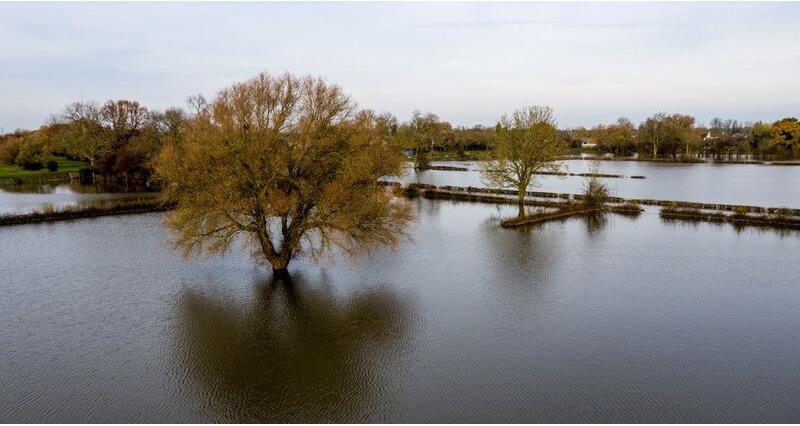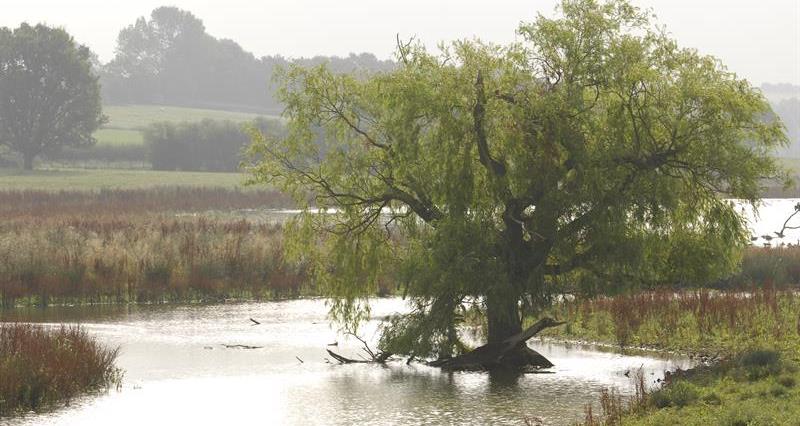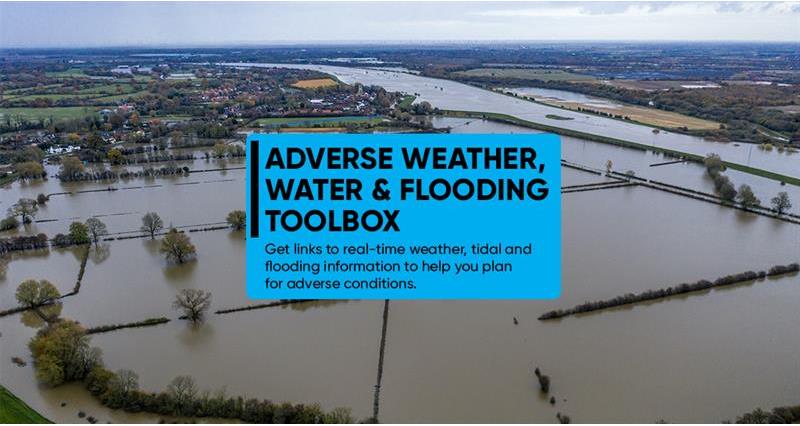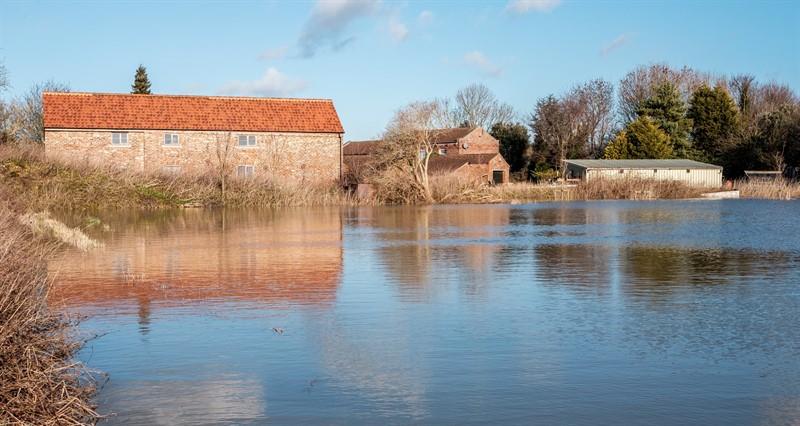Last updated in 2018, the new NaFRA (National Flood Risk Assessment) provides a single and updated picture of the current and future flood risk from rivers, the sea and surface water for England.
The new NCERM (National Coastal Erosion Risk Map) provides the most up-to-date national picture of the current and future coastal erosion risk for England.
For the first time, both NaFRA and NCERM can account for the latest UK climate projections from the Met Office.
As members of the Flood Resilience Taskforce, the NFU attended a briefing and will continue to engage with the EA (Environmental Agency) on this for further details.
Check your risk
The latest updates mean that the flood risk for some homes and businesses may have changed.
In England, you can Ěý˛ą˛Ô»ĺ  where available.
If you live in the rest of the UK, information is also available:
- .
- .
- .
For the first time, checking your long-term flood risk will provide information on:
- Future flood risk, taking into account climate change.
- Potential flood depths, both for present day flood risk and in relation to climate change.
The updated NCERM information can be accessed by  and through the .
 You can also find out about coastal erosion risk and management:
- .
In March 2025, the EA updated its , which is used by planners and developers to find the data they need to undertake a flood risk assessment for planning. The EA intends to update the flood risk data regularly.
Agricultural land at risk
The new assessment shows that of the 85,000km2Â of agricultural land in England, 11,200km2 of land is in an area at risk of flooding from rivers and sea. This is around 13% of all agricultural land and about 59% of grade 1 agricultural land. With climate change projections, this rises to 11,700km2, an increase of nearly 5% by the mid-century.
More information can be found in the .



